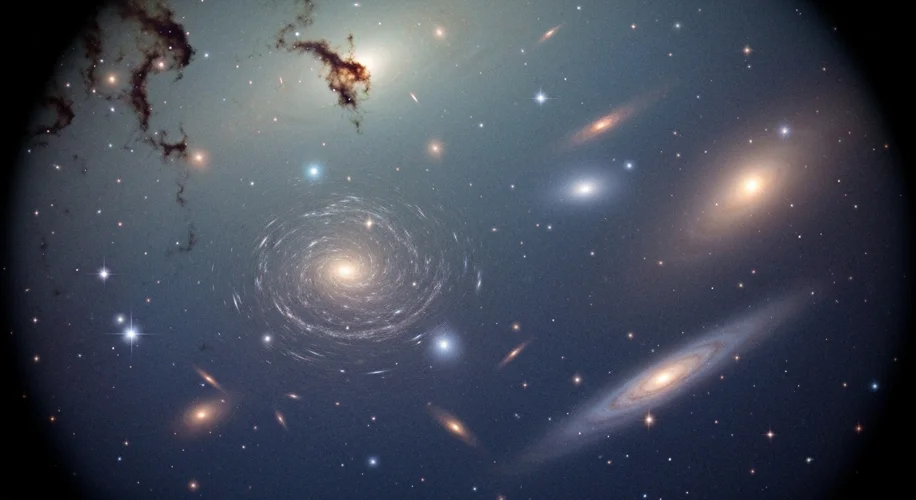Have you ever looked up at the night sky and felt a sense of wonder? It’s easy to get lost in the vastness of it all. But what if I told you that most of the universe is actually invisible to us?
That’s where dark matter comes in. Scientists estimate that about 85% of the matter in the universe is made up of this mysterious substance. We can’t see it, touch it, or detect it with any of our current instruments in the traditional sense. Yet, its gravitational pull clearly affects how galaxies spin and how light bends as it travels across the cosmos. It’s like the universe’s hidden scaffolding.
So, how do you find something you can’t see? That’s the big question physicists have been wrestling with for decades. They’ve built incredibly sensitive detectors deep underground, hoping to catch a glimpse of a dark matter particle bumping into ordinary matter. So far, no definitive detections.
But science is all about innovation, right? Researchers are always coming up with new ways to tackle these colossal challenges. Recently, scientists have proposed a pretty clever new approach, and it’s got me excited about the possibilities.
Instead of trying to directly detect dark matter particles, this new experiment is going to focus on something called “impurities” in the cosmic microwave background (CMB). What’s the CMB, you ask?
Think of it as the afterglow of the Big Bang – a faint, uniform radiation that fills the entire universe. It’s like a baby picture of the cosmos, showing us what the universe looked like when it was just a baby, about 380,000 years old.
Now, the CMB isn’t perfectly smooth. It has tiny variations in temperature and density. These variations tell us a lot about the early universe. Scientists believe that if dark matter particles have certain properties, they might have left subtle imprints – or “impurities” – on this ancient light.
This new technique involves meticulously analyzing the patterns in the CMB data. By looking for specific kinds of distortions or anomalies that wouldn’t be explained by known physics, researchers hope to infer the presence and properties of dark matter. It’s a bit like piecing together a story from faint clues left behind.
This is exciting for a few reasons. For starters, it’s a completely different angle of attack. Instead of waiting for a direct hit, we’re using the universe’s own history book – the CMB – to learn about its most elusive components. It’s a testament to the ingenuity of scientific inquiry, showing how we can adapt and find new paths when faced with seemingly insurmountable obstacles.
Plus, this research connects different fields of science. Understanding the CMB requires expertise in cosmology and astrophysics, while analyzing the subtle patterns relies on advanced statistical methods and data analysis techniques. It’s a beautiful example of how collaboration and diverse skill sets can push the boundaries of our knowledge.
While we might not be able to see dark matter with our own eyes, experiments like these bring us one step closer to understanding the fundamental building blocks of our universe. It’s a reminder that even when we can’t see the forces at play, their influence is undeniable, shaping the cosmos in ways we are just beginning to comprehend.

